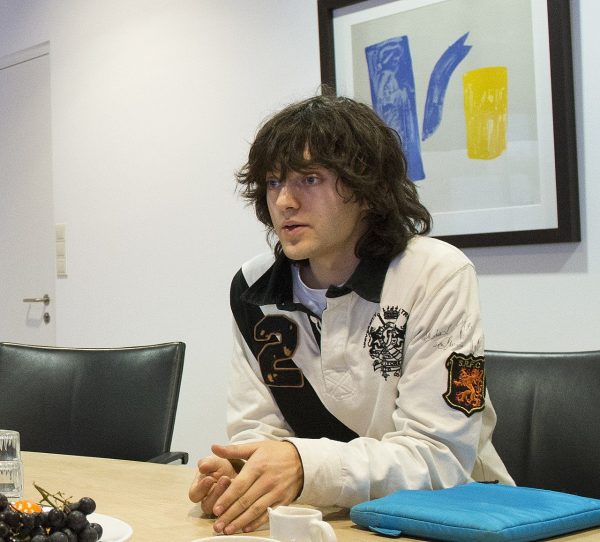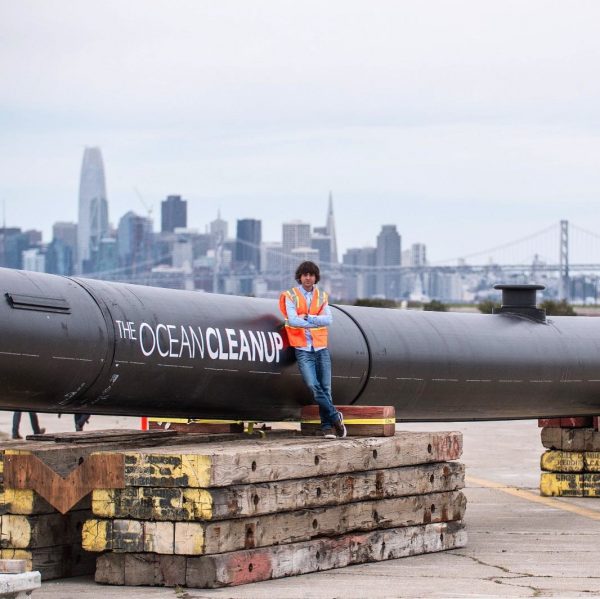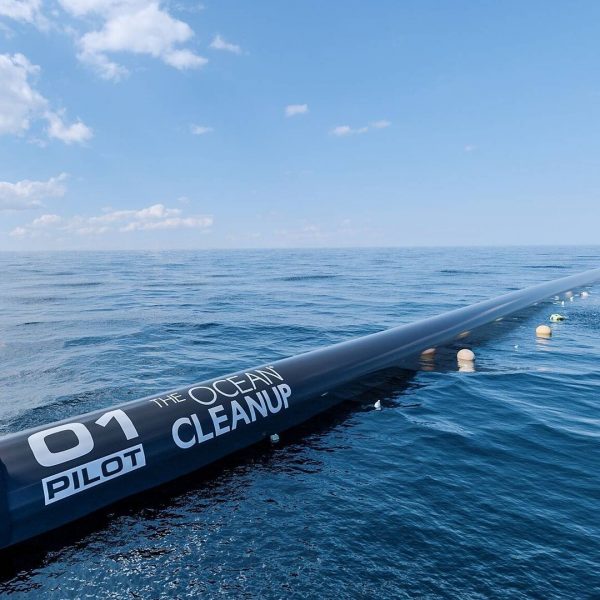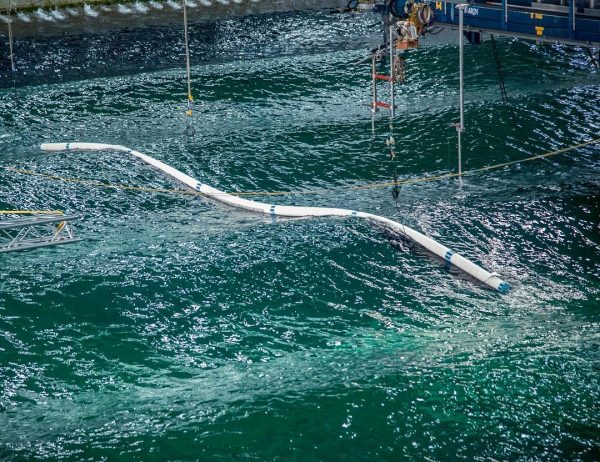When Boyan Slat was 16 years-old, he was disturbed to notice more plastic than fish while driving through waters in Greece. Instead of sitting back and simply allowing the ocean to be ruined, Boyan decided to do something about it.
Boyan chose to dedicate his final high school project to learning more about ocean pollution and what he could do to stop it. By the time he turned 18, Boyan was giving a TED talk about his plans to develop a passive system to clean up oceans using ocean currents. In 2013, Boyan started The Ocean Cleanup.

Now 23 years-old, Boyan’s organization has gotten millions of dollars in crowdfunding, and they are finally about to launch devices to help clean up the Great Pacific Ocean Patch. This proves that one person with a huge dream can change the world!

The Great Pacific Garbage Patch is a stretch of ocean between California and Hawaii in which 600,000 miles are covered in plastic and garbage. This stretch kills around 100,000 animals across 700 species every year.
“Once plastic enters the marine food web, there is a possibility that it will contaminate the human food chain as well. Efforts to clean and eradicate ocean plastic have also caused significant financial burdens,” states The Ocean Cleanup website.
The system that Boyan’s organization developed contains a U-shaped screen and floaters made from high-density polyethylene.

The floaters make sure the screen stays buoyant as it drifts with the natural currents of the ocean. Ships later pick up the trash and bring it to land to be disposed of or recycled.
“The speed the plastic arrives at our moving systems is substantially lower than at a fixed structure having a positive impact on our systems’ capture efficiency,” the website says.

Boyan would like to launch 60 devices between Hawaii and the north-west coast of the U.S. by 2020.
“The assembly is going on really well. The first segment, which is 120meterss [long] has been put together and will be towed out for a tow-test in the [San Francisco] Bay area next week,” Spokesperson Erika Traskvik said.
“The second system might be deployed early next year, but then after that, it could go fast,” she added. “So we think that we could get up to 60 systems by 2020.”

“They then get their logo on it and they can follow it through an app and through our website,” Traskvik explained. “We plan on having a map of where all the systems are, how much plastic they’ve collected and what the wave and wind conditions are.”
Boyan believes that his device can eradicate all ocean debris and that oceans will be plastic free by 2050. We wish this brilliant young man the best of luck with what he is doing!
Find out more about this in the video below, and SHARE this story so your friends and family can see this as well!
COMMENTS POLICY: We have no tolerance for messages of violence, racism, vulgarity, obscenity or other such discourteous behavior. Thank you for contributing to a respectful and useful online dialogue.